At a viewpoint overlooking a sea of canary-yellow gorse and delicate blackthorn blossom tumbling down to inky Loch Fyne, the six of us howl like wolves into a gentle breeze. It’s an exhilarating moment, adding to the euphoria as we near the end of the four-day retreat’s longest run.
In the footsteps of Virginia Woolf: walking the west Cornwall coast to the Badger pub
18.09.2023 - 13:33 / theguardian.com / Barbara Hepworth
From St Ives station, there’s a view of sand, palms and, across misty blue water, a lighthouse on a rocky island. Virginia Woolf and her sister, artist Vanessa Bell, saw this view as children from the house their father rented. It later featured in Woolf’s novel To the Lighthouse, set in the Hebrides but clearly inspired by St Ives. She describes “the great plateful of blue water” and “hoary Lighthouse, distant, austere in the midst”. Images have lingered ever since I read it years ago at college, and my pub walk is something of a literary pilgrimage.
Five minutes after leaving the station, I’m in front of Talland House, a big white early 19th-century building with wrought-iron balconies looking out to sea from between evergreens. A plaque records that Woolf spent 12 summers here from 1882, when she was born. I’m planning to walk to the Badger in Lelant, a pub that Woolf (then Virginia Stephen) enjoyed around 1909-10. But first I’m ambling round St Ives to soak up the art.
The morning sun is pouring through a hole in a bronze sculpture by Barbara Hepworth. The light that drew so many artists intensifies the jumble of white, grey, gold and azure below. I ramble down cobbled lanes, past galleries and cafes, to the harbour and then over a grassy headland known as the Island, to the seaside rotunda of Tate St Ives. The churning surf and shifting sands of Porthmeor beach are just outside, framed by the gallery’s curving front window.
My favourite space among the town’s galleries is Hepworth’s leafy garden. Cornwall’s sea-warmed air means spiky agaves, palms and bamboos flourish among the sculptures. A waxy evergreen magnolia and flamboyant camellias surround the greenhouse, sweet with jasmine and geraniums. The branches of a cherry brush against towering bronze arcs. The massive Four-Square (Walk Through) in the middle of the garden echoes the church tower I can see through forked branches. Some of Hepworth’s tools are scattered in a workshop as if she’s just paused for tea. It’s one of those museums that alters your perspective on the world outside: after it, every mossy chimney and cracked cobblestone, every wet-haired surfer and red-legged wading bird looks like a work of art.
The landscapes around are stippled and spiked with standing stones, cairns and burial chambers. A couple of hours later, I’m on the rocky top of Trencrom Hill, its wide views bathed in light. Inside the banks of an iron age hillfort are hut circles and boulders. I can see as far as the Hayle estuary, where I’m heading, and St Michael’s Mount, linked to this hill by a folk tale about boulder-lobbing giants. On the way up, I passed huge Bowl Rock, said to be one of the balls the giants threw.
I had planned to toddle straight down
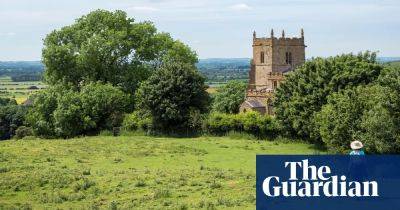
On the trail of vikings: a stroll under vast Lincolnshire skies to a 14th-century pub
Tealby. Two syllables hinting at 1,600 years of history. The name of this little Lincolnshire wolds spot is thought to mean “village of the Taifali people”. Which is odd, as the east Germanic Taifali tribe hailed from the Carpathian mountains, far from the east Midlands.
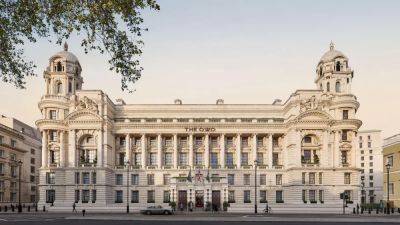
History (Still) In The Making: After Eight Years Of Restoration, The Raffles London At The Owo Opens To Guests
An iconic cornerstone of London’s landscape, the city’s Old War Office building is set to settle into a brand-new identity this month. Sold to the Hinduja group in 2016, the building is opening its doors to the public once again, this time revamped into the Raffles London at The OWO. This will be Raffles Hotels & Resorts’ first location in the United Kingdom. Rаffles’ hotels are known for bringing together impeccable hospitality, design, and exclusive environments, and The OWO is no exception. Storytelling and preservation are the focus here, and Raffles properties allow guests to spend their trip basking in history.
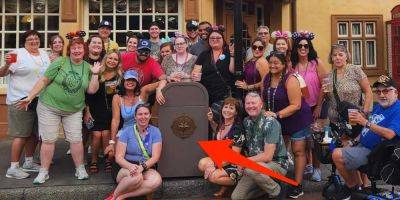
Meet 'Binny,' the most famous trash can in Disney World. It has thousands of fans and has even been blessed by a priest.
If it weren't for the endless stream of folks posing with it, "Binny" might appear to be like any other flat-topped garbage bin in Disney World's Epcot.
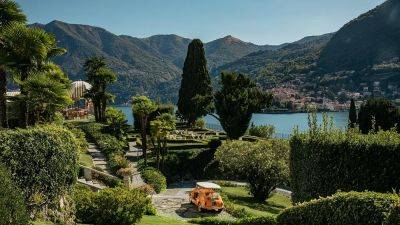
These are the best hotels in the world for 2023 and 21 of them are in Europe
As summer holidays come to an end, 50 Best has compiled its list of the World’s 50 Best Hotels in 2023.
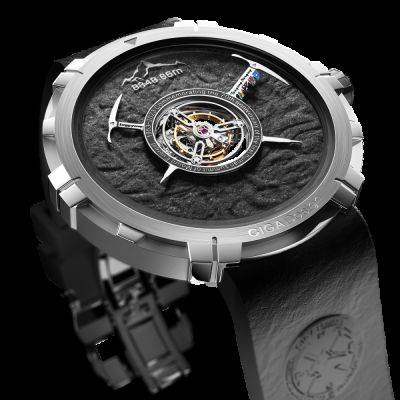
CIGA Design Releases U Mount Everest Homage Edition Watch To Celebrate The 70th Anniversary Of The First Ascent Of Mount Everest
On May 29th, 1953, legendary mountain climbers Edmund Hillary and Tenzing Norgay reached the summit of Mount Everest by navigating the extreme terrain of Mount Everest, a feat no human had ever achieved. To celebrate this monumental accomplishment, the Chinese watch brand that’s racked up more awards than many of its Swiss competitors, CIGA Design, has just released the U Mount Everest Homage Edition watch to celebrate this anniversary and showcase what is, arguably, the pinnacle (pun intended) of mechanical watchmaking: the central tourbillon.

A first-time van traveler spent 7 days driving across the US bird-watching. He's now hooked on the lifestyle.
Before this summer, Harshit Bajpai was a self-proclaimed van virgin.

I couldn't afford to see Taylor Swift in the US, so I'm turning my $320 ticket to her Brazil show into a $2,100 trip with my boyfriend
Sadly, I did not possess the mental or physical fortitude necessary to purchase Taylor Swift's Eras Tour tickets in the United States.

5 Montréal neighborhoods that capture the best of the city
Stretching along an island in the St Lawrence River, Montréal has a complicated soul thanks to its blend of French and English heritage. You can explore this dichotomy and much more – art, music, dining – in its diverse neighborhoods.

It’s the golden age of spaceflight. Here’s where you can see a launch.
“You’re here for the launch?” Ted Ebbers asked me the night of April 19, 2023, when we met on the beach of South Padre Island, Texas. The answer was obvious: We both were killing time before the next day’s scheduled flight of the world’s most powerful rocket. A recently retired Canadian federal employee, Ebbers, 58, drove from his home in Toronto to SpaceX’s spaceport in Boca Chica to watch his first rocket launch. He made the 1,900-mile trip alone, sleeping overnight at rest stops inside his Tesla Model Y.
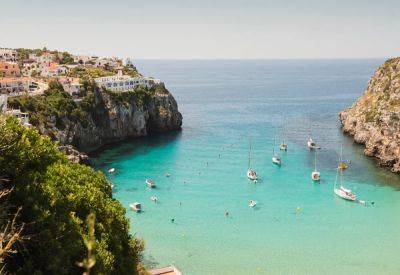
Which Of The Balearic Islands Is The Best For Vacation?
Ibiza is for partying.
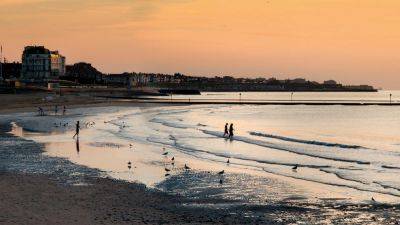
Where to stay in Margate, the regenerated seaside bolthole on Kent's coast
Margate doesn’t stay still for long. A streak of seaside nostalgia runs through the Kent town, but this is a place with its focus squarely on the future. Take Dreamland, a retro-themed pleasure park that draws visitors to its vintage carousel and scenic railway (Britain’s oldest roller coaster) as much as its Pride celebrations and a newly installed Banksy mural. Aroseaund the bay, modern art exhibitions rotate through the Turner Contemporary gallery, while kids play with buckets and spades on the beach in its shadow. New openings butt up against the resort’s kiss-me-quick attractions, and nowhere is this more apparent than along the seafront. Amusement arcades and shops selling inflatables squeeze in between microbreweries and cocktail bars, and restaurants serve both cod and chips and miso-battered tofu.
